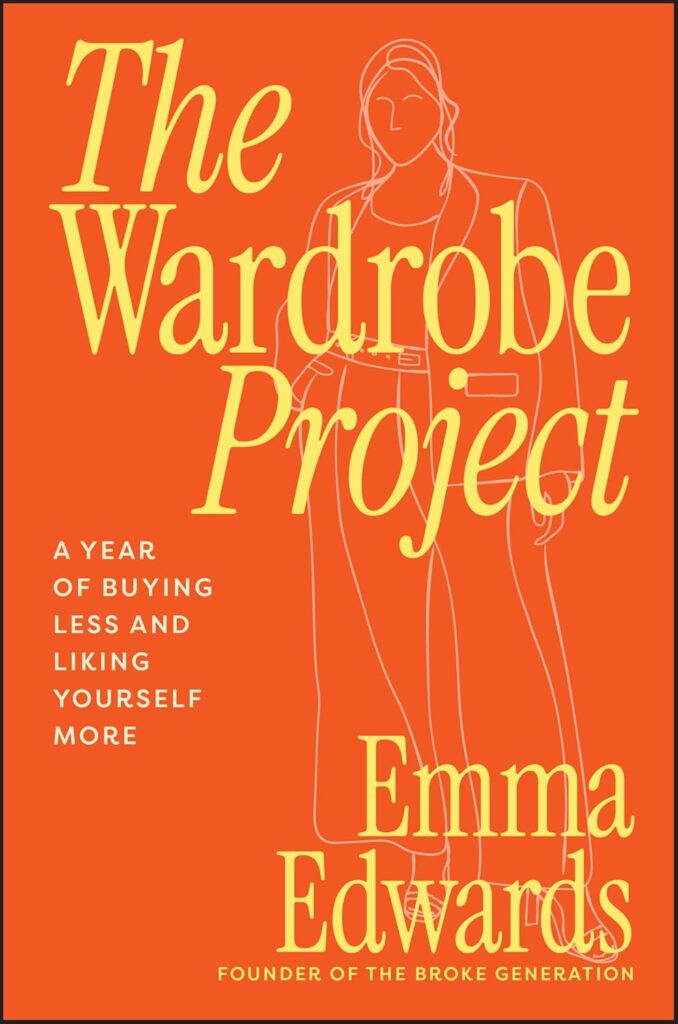We use our phones pretty much constantly in 2025. From reading this article to seeing your friend’s engagement, from reading a book review to playing the Sims on mobile, it’s actually kind of hard to not be on your phone. It can all seem really fun and lighthearted too. Your friend sends you a meme that means absolutely nothing but makes you laugh, your family member shares a photo of their dog. Overall, social media can be an innocuous place. But what happens every time you get sent that meme or dog photo? Who knows about it and why do they have to know? Basically, this is what creates our social media algorithms.
We’ve all heard of the term algorithm, how we get a ‘timeline’ based on the accounts we follow and the content we actively engage in. Social media giants like Meta, which owns Instagram and Facebook, for example, collect the data that is outputted by our social media use. Every time you like a post, comment, share, watch a reel, rewatch a reel, post to your story, add a song to your carousel post, make a new account or update your profile, these actions are recognised, understood and filed away. The actions you make are then used to suggest more content to you that you may wish to engage in. If you’ve ever liked one single Temu ad accidentally and then received fifty pop ups from the website within a half hour, you’ll know that these systems are very effective.

Social media giant Meta use our data to influence our social media algorithms
It can be kind of strange when you consider it in depth, that everything you do online is not just seen by the person you send it to or are interacting with, but is also visible to the owners of the app, the people who work for the app, and anyone with access to your data history.
Trends are a big indicator that the algorithm serves some content creators, and disfavours other creators. When aesthetics, products, clothing, behaviours or topics go viral, this is because millions of people have interacted with that content. For example, if you follow Sabrina Carpenter, and other people who follow Sabrina like a post about baby pink nails, you will get the baby pink nails posts suggested to you, because to the algorithm, this content may be similar to what you’ve already interacted with. Essentially, it’s like the internet is trying to match you up, speed-dating style, with content online to go viral.
If millions of people then also interact with the baby pink nails posts, this becomes a trend. Eventually, another celebrity will see it and wear the nails. Then it keeps growing.
With billions of users worldwide, it’s no wonder social media, and the internet in general, generates so many trends and viral posts. Through algorithms, content is boosted so quickly and so much that trends turn over ridiculously fast. If you purchase five viral items this week, in a month’s time you’ll want to purchase the next big thing. And there will be a new thing–––our idea of what is fashionable or popular, regardless of if it’s clothing, a diet of choice, a lifestyle habit or a beauty accessory, is warped and changed constantly in line with what is boosted by our algorithms. By seeing so many new trends over and over again, we fall into pressure to purchase items and services that we think will be innovative or useful, because they’ve been marketed that way continuously. This leads to consumerism, the purchasing of goods and services that go beyond necessity for survival, and instead exist for pleasure or social status.
It’s clear that this desire to boost consumption is in favour of businesses. Companies make huge profits from our modern mass-consumption culture. Overconsumption boosts environmental instability and class inequality, basically dividing cultures between the can-buy and the cannot-buy. Your friend may purchase a LoveShackFancy Stanley cup and you’ll feel bad that you can’t buy it. In a year, Lululemon will release a new water bottle and your friend’s Stanley will be in the back of her cupboard gathering dust. So, not only has overconsumption led to someone feeling left out, or less-than because they cannot purchase everything that’s trending, but it’s also led to wastefulness and environmental impacts. For everything that is purchased and produced, greenhouse gases are emitted and toxic production chemicals generated, just for the item to be thrown into landfill and contribute further to pollution.

The fast fashion epidemic as a result of social media algorithms and trend cycles. Image Credit: UCLA Sustainability
How can we as individuals break this cycle?
For one, engage with content that you genuinely like, and report content that does not sit right with you. If you see a post that you think is harmful, tap the three dots in the top right hand corner, then hit ‘not interested’ or ‘report’. This way, the algorithm will show you content you actually want to see, so the trends that pop up may be genuinely meaningful for your life. Another way to navigate the pressure to purchase or take part in consumerism and trends as a result of social media is to take a few days to buy or try the things you see. If you see a super cute jacket, save the post and wait three days. If you still want it, maybe then consider purchasing it. If you forgot all about it, it means it wasn’t for you. Instant gratification from clicking in your credit card details is real–––it can be such a huge serotonin boost to buy something cute when it pops up on your feed. But remember that your money, time and energy is all yours; you have full control over where you put it and who you give it to. Especially when considering potentially dangerous trends, like specific diets and workouts or health changes. These things should be managed by professionals, not an influencer.
While our world is majorly social media dependent, there are ways you can approach social media use mindfully and make it work for you. Algorithms can seem like a daunting thing, but which trends you buy into, that’s entirely in your hands. Be authentic, and the rest is just noise.
Read more of our Thought-Provoking articles here.





